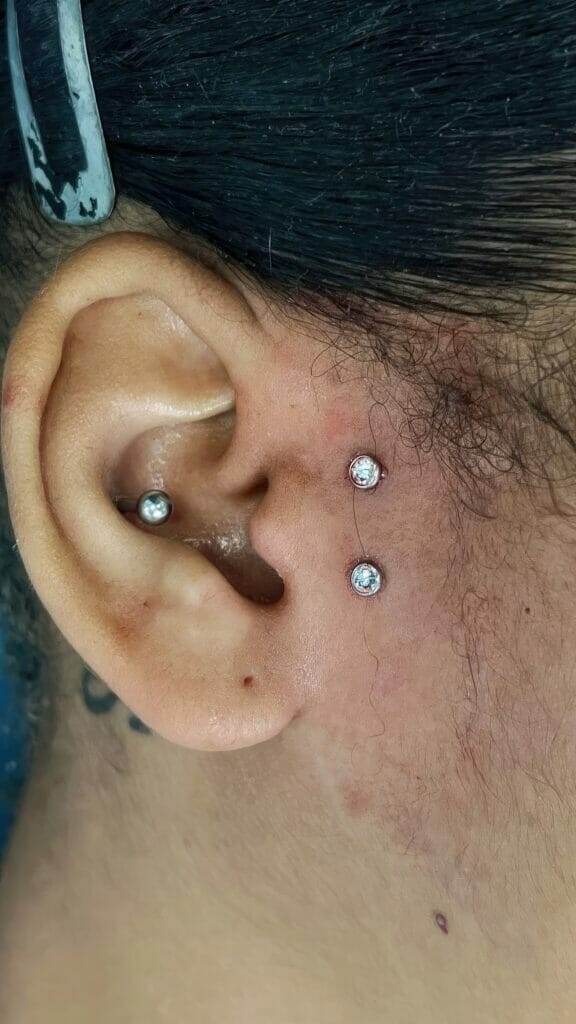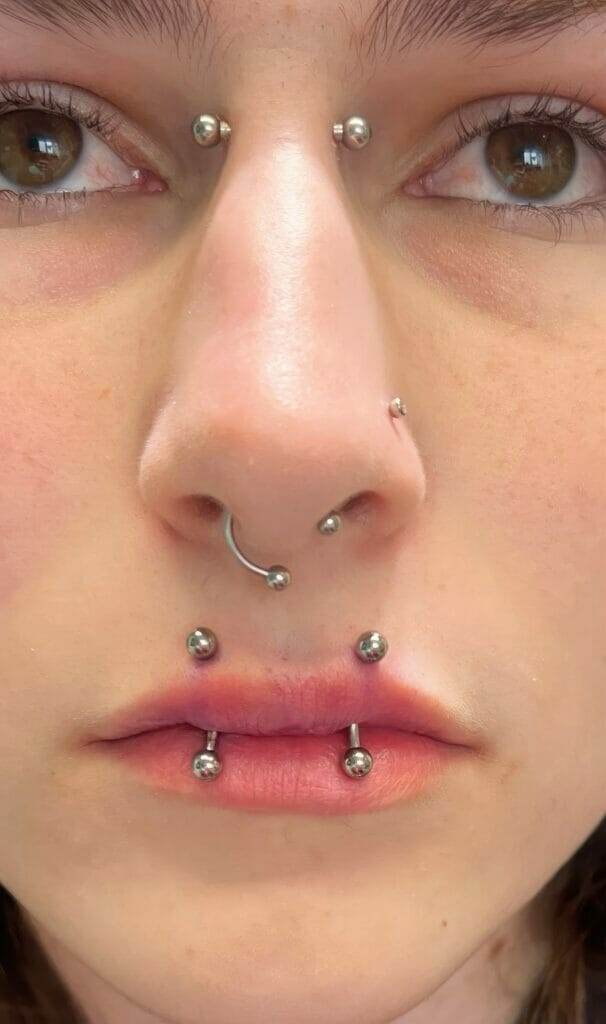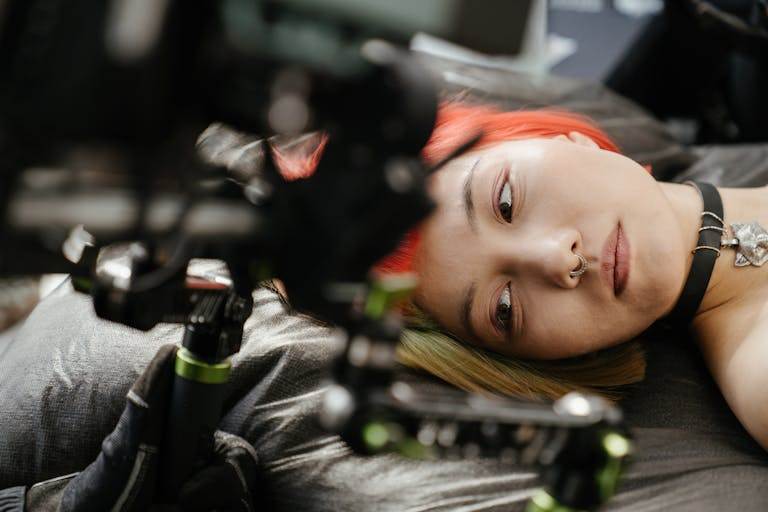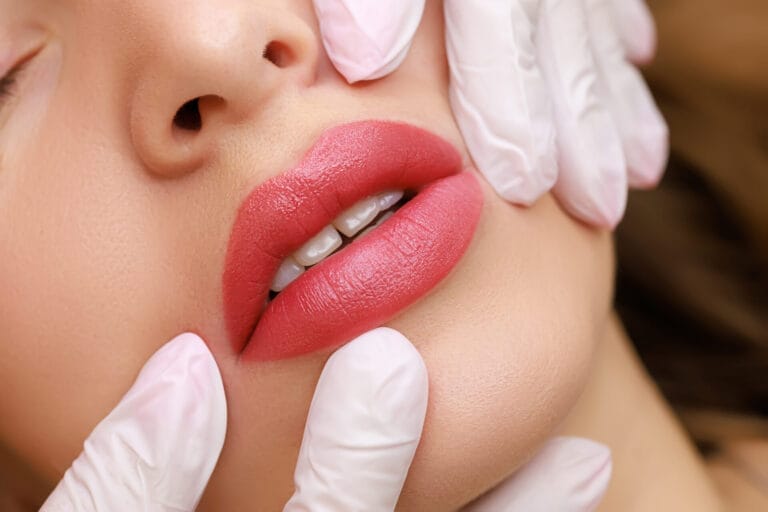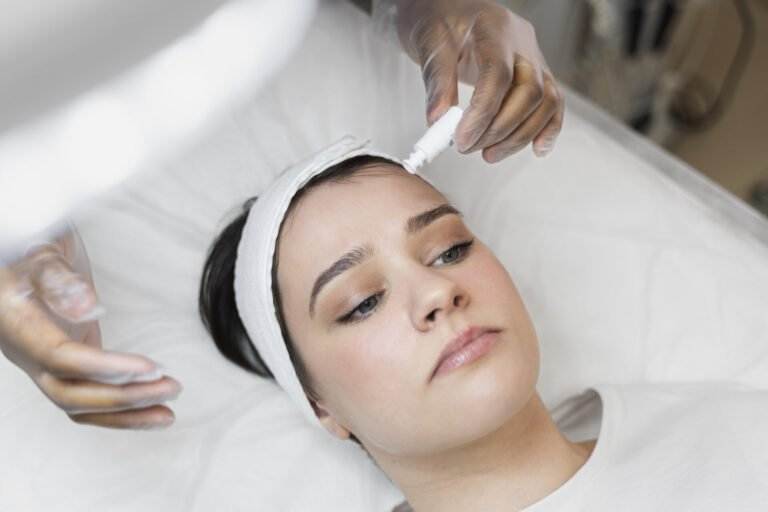Introduction
Importance of Piercing Aftercare
Getting a piercing is an exciting experience, whether it’s your first or just another addition to your collection. However, the excitement of a new piercing comes with the responsibility of proper aftercare. Proper aftercare is vital because it helps prevent infections and ensures that the piercing heals correctly. When the skin is pierced, it becomes vulnerable to bacteria and other irritants. Here are a few key reasons why aftercare is essential:
- Prevention of Infections: Bacteria can easily enter through the wound, leading to potential infections. Regular cleaning and maintaining hygiene can significantly reduce this risk.
- Faster Healing Process: An effective aftercare routine can enhance the healing time for your piercing, helping you return to your routine sooner.
- Maintenance of Appearance: Proper care ensures that your piercing looks good long-term, minimizing complications that can lead to scars or keloids.
Common Mistakes to Avoid
While it’s crucial to follow a proper aftercare routine, several common mistakes can hinder the healing process and lead to complications. Avoiding these pitfalls can make a significant difference in your healing journey:
- Skipping Cleaning: Neglecting to clean your piercing regularly can lead to buildup and infections.
- Touching Your Piercing: Your hands carry bacteria, so touching your piercing without washing your hands can introduce unwanted germs.
- Using Alcohol or Hydrogen Peroxide: These substances might seem effective but can be too harsh and slow down the healing process.
- Changing Jewelry Too Soon: It’s important to wait until your piercing has completely healed before changing out your jewelry to prevent irritation.
By staying informed and aware of these common mistakes, individuals can reduce their risk of complications and enjoy their new piercings. Implementing a solid aftercare routine is the first step toward a successful healing process, setting the foundation for a beautiful and long-lasting piercing.
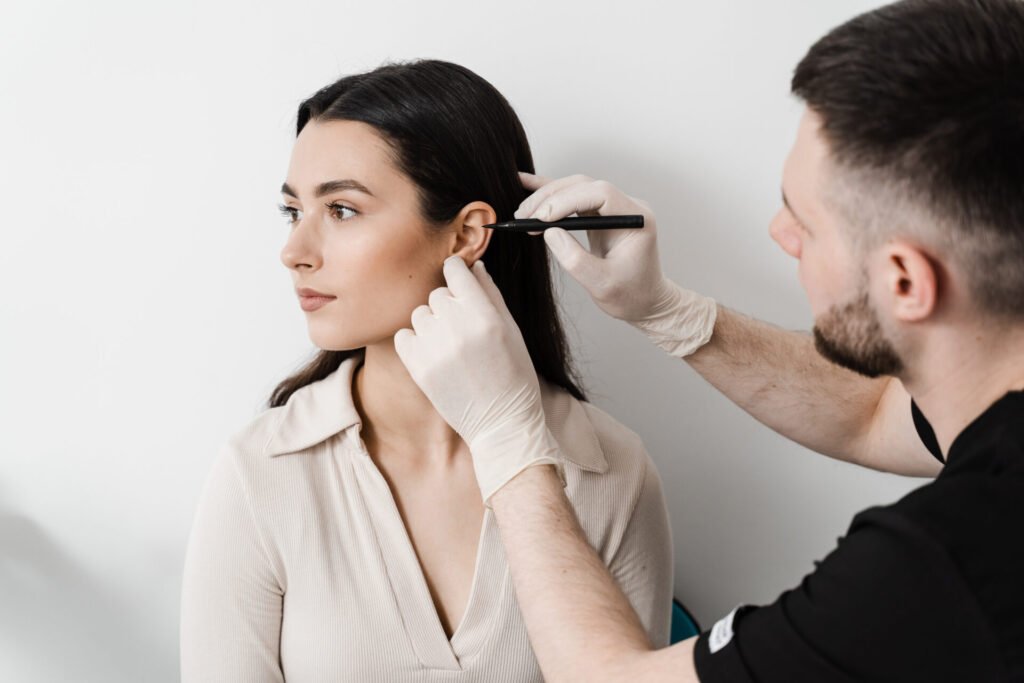
Initial Aftercare Steps
Cleaning the Piercing
Once you’ve completed the exciting process of getting your piercing, the next crucial step is ensuring it remains clean. Proper cleaning is fundamental to preventing bacteria buildup and promoting healing. Here’s how to implement a solid cleaning routine:
Choose the Right Solution:
Use saline solution or a specialized piercing aftercare solution to clean your piercing.
Frequency:
Clean your piercing 2 to 3 times a day, especially during the first weeks after getting it.
Rinse:
After applying the solution, rinse the area with clean water to remove residue.
Gentle Application:
Soak a clean cotton ball or gauze pad in the saline solution.
Gently apply it to the area surrounding the piercing. Avoid excessive pressure; a light touch is all that’s needed.
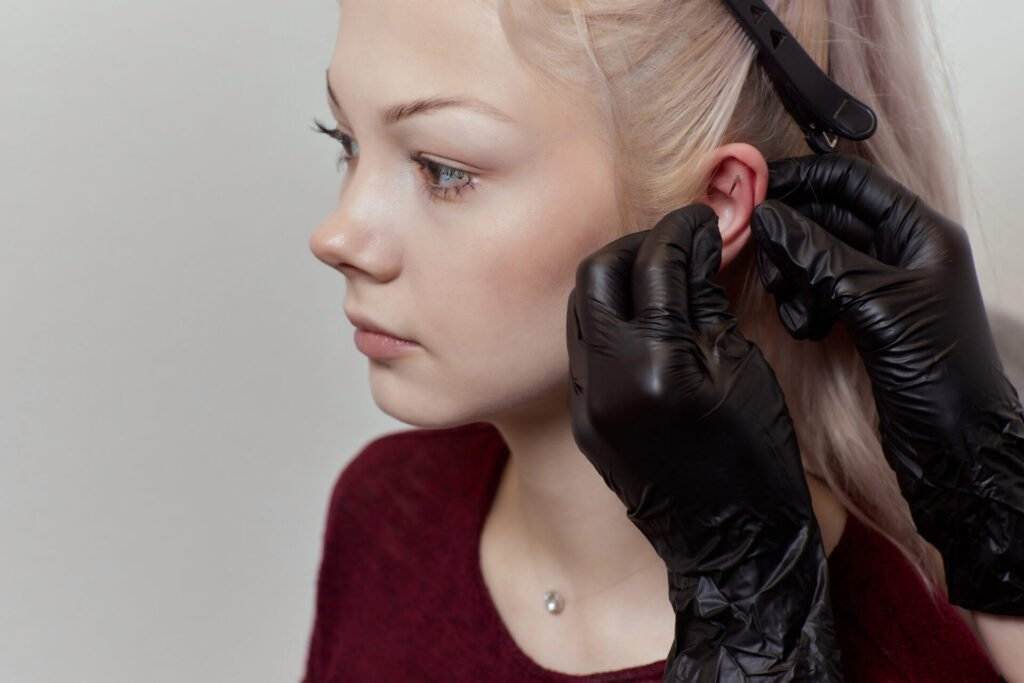
Consistent cleaning is an investment in your piercing’s health, allowing it to heal properly and maintain its aesthetic appeal.
Avoiding Irritants
In addition to keeping your piercing clean, it’s crucial to limit exposure to irritants, which can cause setbacks in your healing process. Here are some common irritants and tips on how to avoid them:
- Physical Contact:
- Avoid touching your piercing with dirty hands. This includes itching or playing with the jewelry, as doing so can introduce bacteria.
- Hair Products:
- Be mindful when styling your hair. Hairspray, gels, and dye can irritate fresh piercings. Try to keep your hair away from the area until it’s fully healed.
- Clothing Friction:
- If you have places like ear or body piercings, be cautious of tight clothing or accessories that may rub against them. Opt for loose, breathable fabrics to minimize friction.
- Swimming:
- Steer clear of pools, hot tubs, and natural bodies of water until your piercing has healed. These can harbor bacteria that could lead to infections.
By adhering to these cleaning and avoidance strategies, individuals can significantly improve their chances of a smooth healing process. The initial aftercare stage is critical, laying the groundwork for long-term success and ensuring that your new piercing is not only safe but also stunning.
Long-Term Aftercare Tips
Regular Cleaning Routine
After the initial healing phase of your piercing, maintaining a regular cleaning routine is essential for keeping it healthy over the long term. Even though the piercing may feel healed, it still requires care to prevent irritation and ensure it remains a part of your lifestyle without issues. Here’s how to establish an effective routine:
- Daily Cleaning:
- Continue cleaning your piercing once a day with a saline solution or an approved aftercare spray. This helps remove any buildup of sweat or skin products that can accumulate.
- Use a Gentle Technique:
- When cleaning, use a soft cloth or sterile cotton swab. Gently wipe around the piercing, ensuring to reach any areas that may have been overlooked, but always avoid aggressive scrubbing.
- Be Mindful of Environment:
- If you work in an environment with dust, dirt, or other impurities, clean your piercing more frequently to avoid potential irritants that can hinder its longevity.
Establishing a routine like this can significantly reduce the chances of developing complications later on.
Proper Jewelry Maintenance
Jewelry is a significant component of body piercings, not just for aesthetics but also for the health of your piercing. Proper jewelry maintenance plays a key role in the longevity of both the piercing and the jewelry itself. Consider these tips:
- Material Matters:
- Ensure that your jewelry is made from hypoallergenic materials such as surgical steel, titanium, or gold, which are less likely to cause adverse reactions.
- Regular Inspections:
- Every few weeks, inspect your jewelry for any signs of tarnishing, corrosion, or cracks. If you notice any issues, consult a professional for advice on replacement.
- Avoid Changing Jewelry Prematurely:
- Resist the urge to change your jewelry too soon. Wait until your piercing is fully healed, which can range from a few months to a year depending on the type of piercing.
- Cleaning Jewelry:
- Clean your jewelry regularly with mild soap and water. This prevents the buildup of dirt and oils, helping to keep the piercing and surrounding skin healthy.
By taking these steps for regular cleaning and jewelry maintenance, individuals can ensure their piercings remain not only visually appealing but also healthy. A commitment to long-term aftercare will enhance the overall quality of the piercing experience, making it a cherished part of one’s identity.
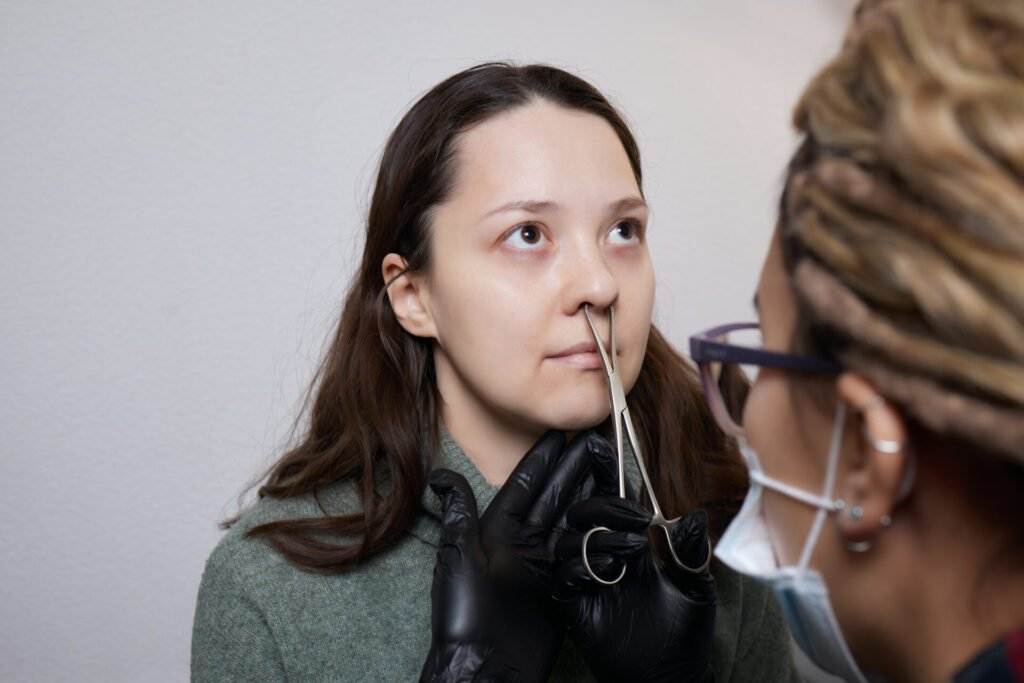
Dealing with Common Issues
Infections and How to Treat Them
Despite best efforts in aftercare, sometimes infections can occur in newly pierced areas. Recognizing the signs of an infection is crucial for prompt treatment:
Symptoms to Watch For:
- Redness and warmth around the piercing
- Swelling or pus discharge
- Persistent tenderness or pain
- Fever in severe cases
If you suspect an infection, don’t panic. Here are steps to handle it effectively:
- Clean the Area:
- Rinse the piercing with saline solution to remove any crusty buildup and bacteria.
- Avoid Removing the Jewelry:
- Keeping the jewelry in place helps prevent the wound from closing and trapping the infection inside.
- Seek Medical Advice:
- If symptoms worsen or do not improve within a few days, consult a healthcare professional. They may prescribe antibiotics to help clear the infection.
- Continue Aftercare:
- Maintain your cleaning routine, as this will support the healing process.
Staying vigilant can help mitigate infections quickly and effectively.
Allergic Reactions and Remedies
Another common issue that may arise after getting a piercing is an allergic reaction, typically linked to the materials used in jewelry. Some people may experience irritation or sensitivity due to various materials. Here’s how to recognize and address allergic reactions:
- Signs of Allergic Reactions:
- Itching or burning sensation around the piercing
- Redness or rash that appears shortly after wearing jewelry
- Swelling, particularly if accompanied by heat
Steps to Address Allergic Reactions:
- Switch Jewelry Materials:
- If you suspect allergies, replace your current jewelry with hypoallergenic options such as titanium, surgical steel, or medical-grade plastic.
- Use Topical Treatments:
- Over-the-counter hydrocortisone cream can help reduce inflammation and itching. However, consult a doctor before applying any product directly on the piercing.
- Limit Contact with Irritants:
- Avoid exposure to harsh chemicals, such as perfumes and hairsprays, that can exacerbate irritation.
- Consult a Professional:
- If symptoms persist, seek advice from a healthcare professional. They may suggest allergy testing or other remedies tailored to your situation.
Being informed about common issues such as infections and allergic reactions can empower individuals to take charge of their piercing’s health. With the right knowledge and strategies, you can ensure that your piercing remains a source of pride rather than concern.
Lifestyle Adjustments
Impact of Activities on Piercing Healing
When it comes to healing a new piercing, it’s important to consider how daily activities can affect the process. Many people are unaware that certain habits and movements may create unnecessary friction or bacteria exposure, which can lead to complications. Here are some activities to mindfully adjust:
- Exercise:
- While staying active is essential, avoid intense workouts or activities that involve excessive sweating during the initial healing phase. Sweat can irritate the piercing and introduce bacteria. Instead, opt for low-impact exercises like walking or gentle yoga.
- Swimming:
- Stay away from pools, hot tubs, and natural bodies of water until your piercing is fully healed. These environments can host bacteria that jeopardize your healing process.
- Sleeping Positions:
- Consider your sleeping habits if you have a new ear or facial piercing. Sleeping on the pierced side can apply pressure and lead to irritation. Investing in a travel pillow can help you maintain a more comfortable position while promoting healing.
- Personal Hygiene:
- Be conscious of your hair and skincare routines. Ensure that no products touch or enter the piercing area, and try not to wash your hair over the piercing until it’s healed.
Making small adjustments in your daily activities can significantly enhance your healing experience.
Dietary Considerations for Faster Healing
Aside from lifestyle adjustments, diet plays a significant role in how swiftly your body can heal after getting a piercing. A well-balanced diet rich in specific nutrients can aid recovery. Consider the following dietary tips:
- Hydrate:
- Drinking plenty of water is essential. Hydration helps flush out toxins and supports overall healing.
- Incorporate Protein:
- Protein is key for tissue repair. Include lean meats, poultry, fish, eggs, tofu, and legumes in your meals to support healing.
- Vitamin C:
- Foods rich in Vitamin C, such as strawberries, oranges, and bell peppers, can boost your immune system. This helps your body combat any potential infections.
- Zinc for Recovery:
- Foods like nuts, seeds, and whole grains are rich in zinc, which is known for aiding wound healing.
- Limit Sugar and Processed Foods:
- Too much sugar can lead to inflammation, potentially hindering the healing process. Focus on whole, unprocessed foods to support your body’s natural healing abilities.
By making these lifestyle and dietary adjustments, individuals can create a conducive environment for their piercings to heal effectively. This proactive approach not only benefits the piercing itself but also contributes to overall well-being.


